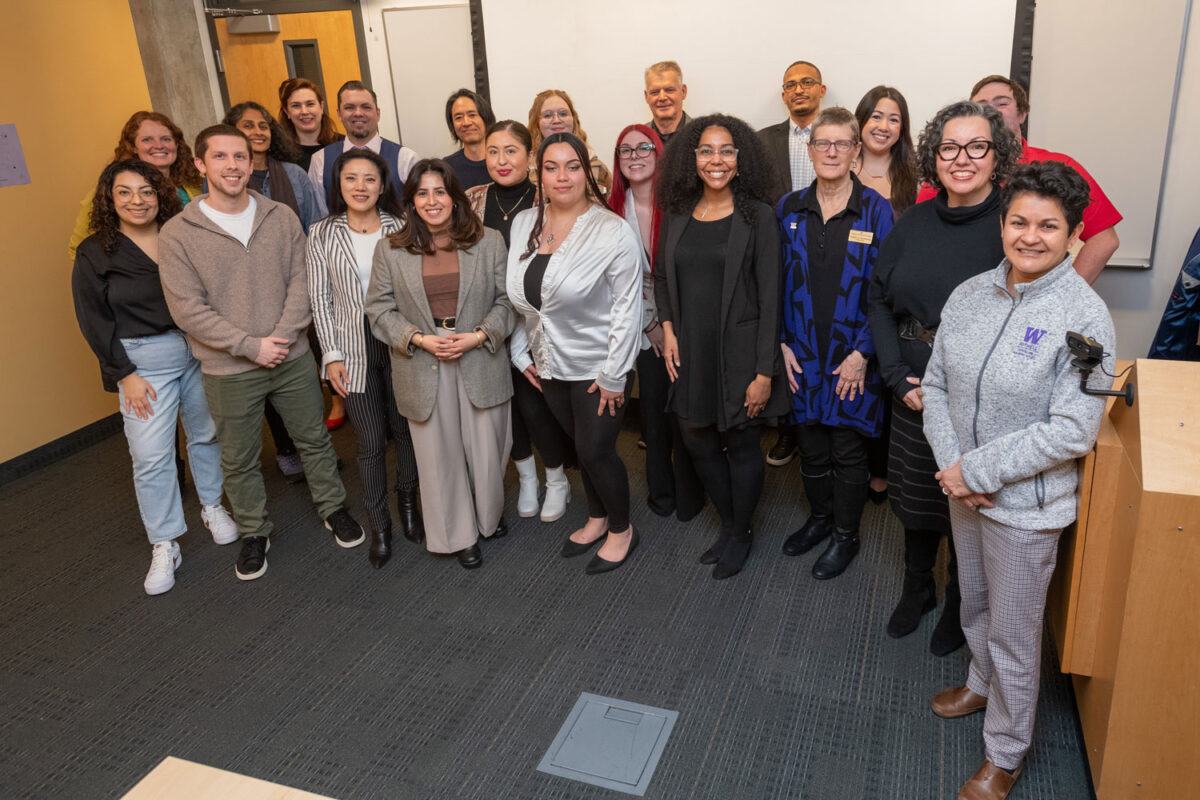Even before the coronavirus pandemic, a 2016-18 National Survey of Children’s Health reported that more than three million (12%) adolescents aged 12 to 17 had depression and/or anxiety — and that suicide was the second leading cause of death among this age group.

With a $100k grant from the Patient-Centered Outcomes Research Institute, Dr. Hoa Appel used a new patient-centered approach to study how the “new normal” school environment during COVID-19 impacted student mental health in Seattle-area schools.
“PCORI is one of the first organizations in the United States to include patients as part of research planning,” said Appel, lecturer in the University of Washington Bothell’s School of Nursing & Health Studies. “Many research projects do not include the people they want to study until after the planning phase or after the grant is funded.
“PCORI’s main requirement for our study,” she said, “was to include these folks in the conversation during the early stage.”
So Appel and Dr. Tyson Marsh, associate professor in the School of Educational Studies and co-principal investigator, set out to answer how the coronavirus pandemic impacted student mental health and learning.
A subject-centered methodology
As a means to best include subjects in the research planning and to facilitate discussion, Appel and Marsh established the Seattle Schools Consortium, which included middle- and high-school students — 78% of which were students of color — as well as their families, principals and school staff.
The research team, which also included two UW Bothell alumni and one student research assistant, met online with the consortium every two months for a year to host in-depth discussions in a large group format, followed by small breakout groups.

Together, they explored the following questions:
- What are the main issues affecting students today, especially in the midst of COVID-19?
- What are the issues that students and families care most about?
- What roles do schools and parents play in helping students navigate online school?
- What resources are available to support students, especially students of color, as they encounter new learning environments at home?
- In what ways can we improve students’ social emotional learning and mental health outcomes?
Additionally, each K-12 student was tasked with a related research project on an aspect of mental health of their choosing, based on the patient-centered methodology.
To no one’s surprise, the research showed that social isolation during the pandemic exacerbated the mental health challenges experienced by middle- and high-school students, particularly students of color.
Multiple factors impair student health
Lack of access to resources and to the support of teachers, staff, extended family and friends significantly impacted how students were doing. Likewise, these students’ limited ability to socialize with their peers also had significant bearing on their mental health and educational performance.
“Students would say, ‘I felt isolated, I want to be with my friends,’” said Appel. “They’d also say, ‘I don’t like staying at home and going to school. It was great at first, but this really sucks now, you know?’
“At home,” she also noted, “they do not get the support that they do when they’re at school in person with counselors, teachers and peers.”
The research team also found that COVID-related interruptions that destabilized society — such as unsettled housing and living conditions, uncertain nutritional quality and job loss for both students and parents — also impaired student mental health, again particularly for students of color.
Another finding was that students wanted more discussions around mental health to help them to feel acknowledged in their struggles. Some participants said that, before the study, they believed that no one cared about them. One student involved in the study said, “I was able to share my opinions without judgment, and it made me feel better.”
By design, Appel said, the study engaged students who were the subjects of the study as the best way to hear and understand their concerns. “By focusing on the students and their experiences during the study, we could better address their needs as we went along.”
Study teaches new research skills
Both students and school staff working on this project gained skills in the basics of research, the foundations of patient-centered engagement and the principles of collaboration. Applying this methodology to mental health, they also learned how to more proactively approach the subject.
For example, the study gave staff the language and tools to better support students, who in turn through their assignments considered ways to improve discussions around well-being. One high school student has begun the process to start a mentoring program for incoming ninth graders to help them better adjust to high school life.
Amid all the successes of this study, there were also challenges that the team had to overcome. For one, some researchers and participants contracted COVID-19, leading to a delay in consortium meetings. Likewise, some students in the study struggled to attend meetings and turn in assignments on time due to their mental health and other COVID-related issues in their families, including family illness and transportation access.
“Because we were testing the patient-centered methodology, we had to manage the challenges of our participants’ lives outside of the group,” Appel said. “One student was disconnected from their family and was not doing well in school, a prime example of mental health affects.”
Additionally, students of color and their families disproportionately struggled with coronavirus-related factors and structural racism, which impacted their participation in the study and their overall mental and emotional health.
“Students of color spoke out about social justice and racial inequality as part of their everyday lives,” said Appel. “Others’ lack of understanding that COVID-29 disproportionately affected them posed challenges to these students and their families.
“In terms of the study, they were not meeting milestones for their assignments. At school they were distracted by being online. And,” she said, “they couldn’t be with their community.”
Future research and publication
While some of their findings were expected, Appel said she was surprised that many of the students were so open about their experiences and that they were “bored” with their iPhones.
“Students were willing to share, especially in small Zoom breakout rooms, stuff that they would probably share with their therapist,” she said. “And they said they were getting tired of technology! I thought they loved this stuff!”
Based on the students’ responses during this first patient-centered research study, Appel and Marsh now have another set of questions to pursue and are looking for funding for additional projects. Until then, they look forward to their research findings to appear in the journal Educational Research in the spring.



